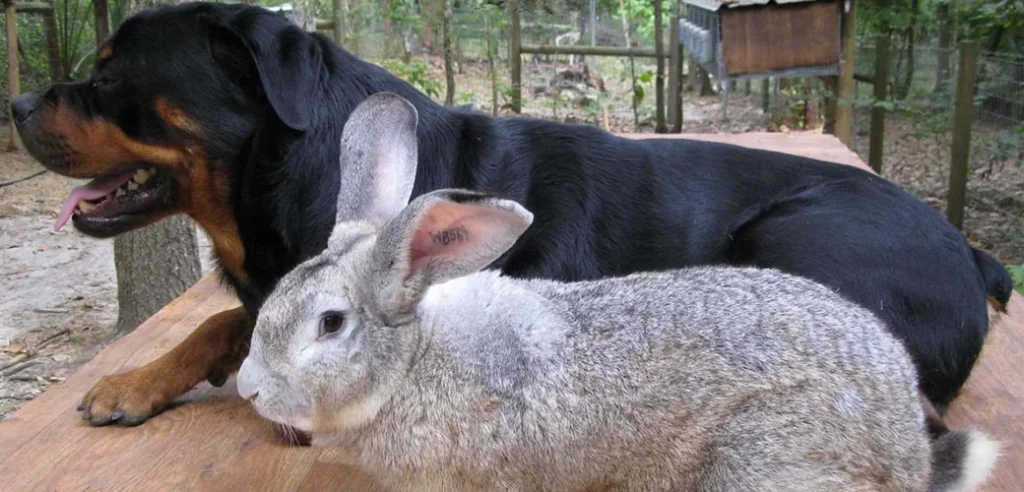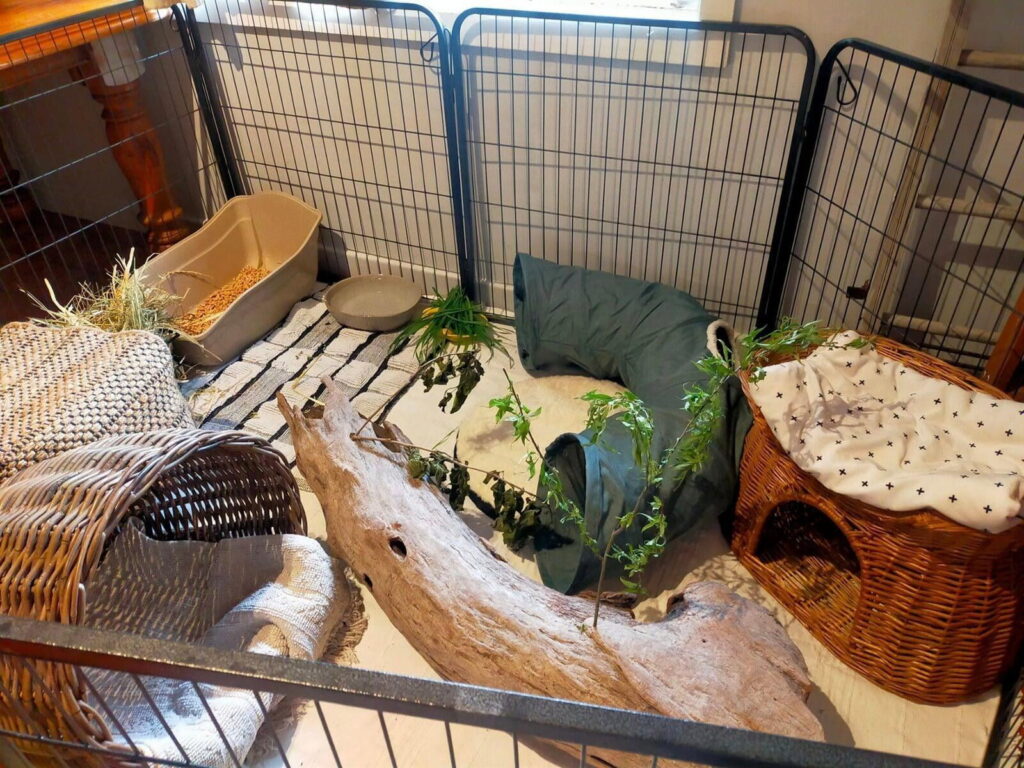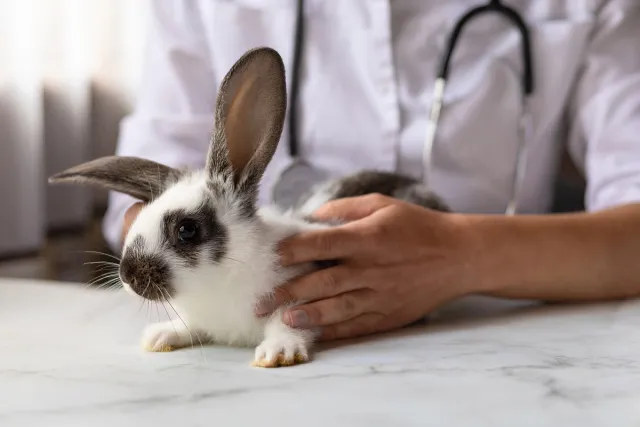“Raising rabbits is about more than just an animal in a hutch—it’s about harnessing nature’s productivity and connecting with a timeless agricultural tradition.” – Joel Salatin
Raising large rabbits in the USA is a rewarding endeavor, blending the satisfaction of sustainable farming with the charm of these gentle giants. Whether for meat, fur, or companionship, large rabbits such as Flemish Giants and Continental Giants offer unique benefits. This guide delves into the intricacies of raising large rabbits, providing enthusiasts with the knowledge to start and maintain a successful rabbitry.
Understanding Large Rabbit Breeds
Large rabbits are more than just their impressive size; they embody a set of characteristics that make them ideal for various purposes.

Popular Breeds
- Flemish Giants: Known as the “king of rabbits,” Flemish Giants can weigh up to 20 pounds. They are docile, making them excellent pets and show animals.
- Continental Giants: Slightly larger than Flemish Giants, these rabbits can weigh over 25 pounds. They are prized for their meat and fur.
- French Lops: These rabbits have a distinctive look with their large size and lop ears, making them popular in shows.
Choosing the Right Breed
Selecting the right breed depends on your goals. For meat production, breeds like Continental Giants are ideal due to their size and growth rate. For companionship or showing, Flemish Giants and French Lops are favored for their temperament and appearance.
Setting Up the Rabbitry
A well-planned rabbitry is crucial for the health and productivity of large rabbits.

Housing Requirements
Large rabbits require spacious housing to accommodate their size and ensure their well-being. Cages or hutches should provide at least 6-8 square feet per rabbit, with additional space for exercise.
- Indoor vs. Outdoor: Indoor rabbitries offer better control over environmental conditions, while outdoor setups require robust protection against predators and extreme weather.
- Flooring: Solid floors with bedding are preferable over wire mesh to prevent sore hocks, a common issue in large breeds.
Nutrition and Feeding
Proper nutrition is vital for the growth and health of large rabbits.
- Diet: A balanced diet includes high-quality pellets, fresh hay, and a variety of vegetables. Large rabbits have higher caloric needs, so ensure they receive adequate food portions.
- Water: Fresh, clean water should always be available. Large rabbits may consume more water, so check their water supply frequently.
Health Management
Maintaining the health of large rabbits involves regular care and vigilance.

Common Health Issues
- Gastrointestinal Stasis: Prevent this potentially fatal condition by providing a high-fiber diet and monitoring for changes in eating habits.
- Respiratory Infections: Ensure good ventilation in the rabbitry to prevent respiratory issues, which are common in large breeds.
- Sore Hocks: Provide proper flooring and bedding to prevent this painful condition.
Veterinary Care
Regular check-ups with a rabbit-savvy veterinarian are essential. Large rabbits may require specialized care, so ensure your vet is experienced with these breeds.
Challenges
- Space and Resources: Large rabbits require more space and food, increasing the cost of maintenance.
- Health Issues: Their size makes them more prone to certain health problems, necessitating vigilant care.
Conclusion
Raising large rabbits in the USA is an engaging and fruitful endeavor, blending agricultural traditions with modern sustainability practices. Whether for meat, fur, or companionship, large rabbits offer a unique and rewarding experience for those willing to invest the time and resources into their care. By understanding their needs and providing proper housing, nutrition, and health care, you can enjoy the many benefits these gentle giants bring to your life.





















